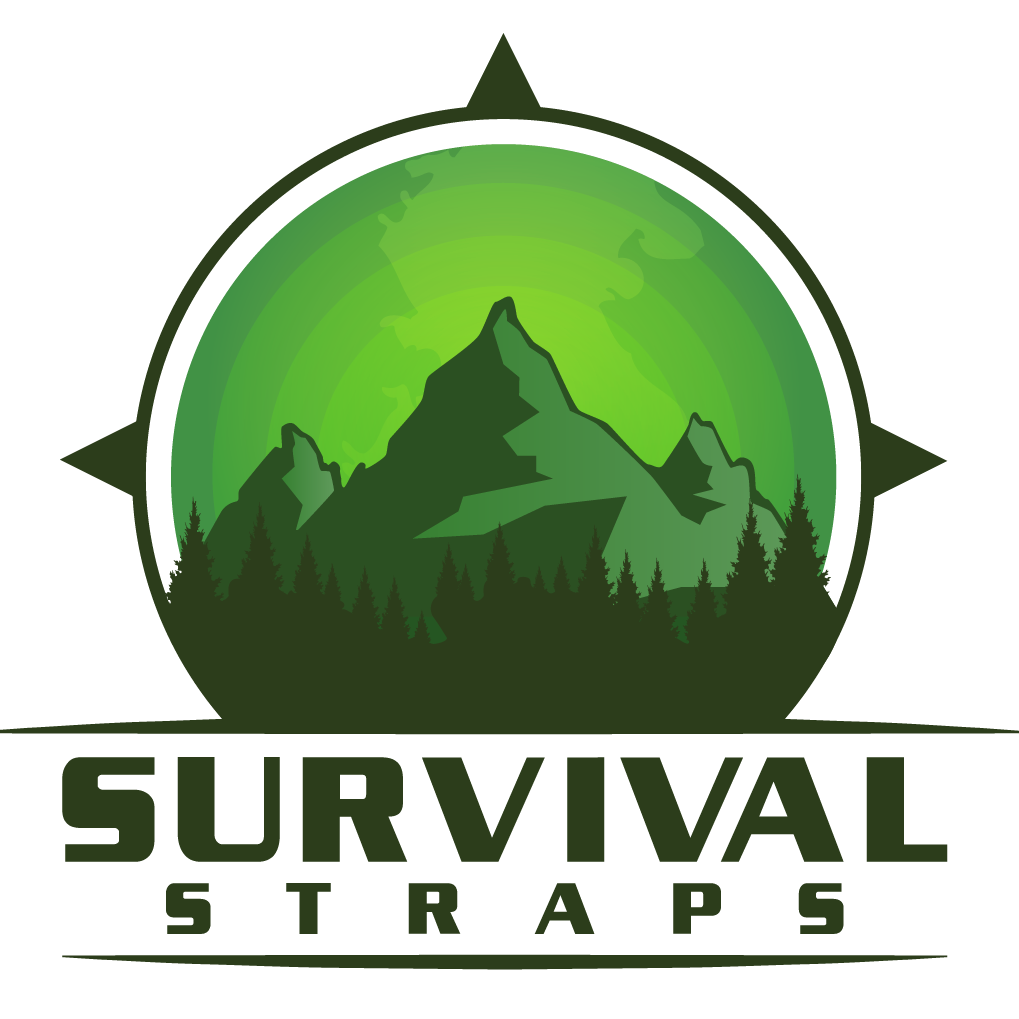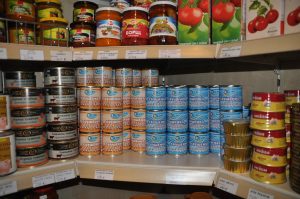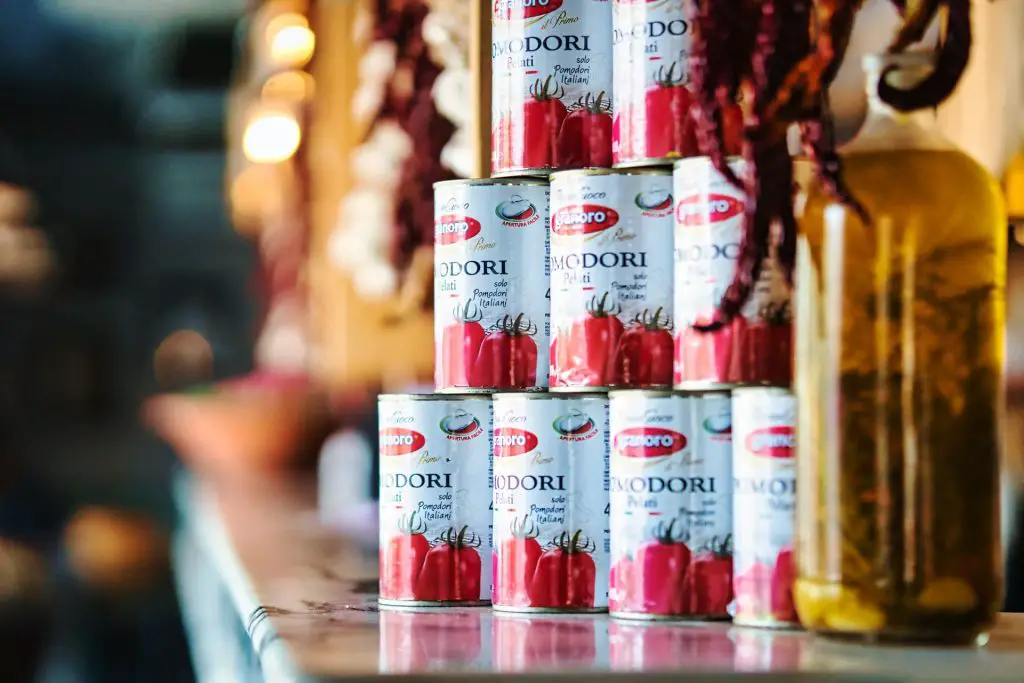In life, food storage is one of the ideal things for survival. Most homeowners cannot boast of adequate storage for food items; clearly, they have what could only last a week or less. If that happens in homes, then what is the fate of preppers?
Truthfully, you need the ultimate prepper food storage plan if you want to survive, even in the harshest of conditions. Not only does the program make you prepared for tough times, but it also makes sure you don’t overspend on food items you could have got cheaper.
Since you are here to read about the best prepper storage plan for food items, there is possible enlightenment on the phases and fundamentals of food storage.
What Are The Storage Phases?
Prepping means you shouldn’t take any chances, which involves being able to account for solutions for different conditions you face. Generally, there are two phases to the storage, depending on time and capacity – Short- and Long-term phases. These phases independently have a role to play to make sure your needs are available when necessary.
Short-Term Phase
For instance, a prepper switches to survival mode, which likely looks temporary; short-term food storage is ideal. Here, you pack a couple of items – mostly canned and perishable foods, meal bars, etc., so that you could get something to eat during the first few days. You have to pack this kind of food to provide and re-fuel you with energy, which you will probably burn quickly.
While picking these foods for a short-term phase, you should make sure they have nutritional value. Sometimes, you could pick meat, vegetables, and fish to provide supplements.
During this phase, you shouldn’t have to ration, and your family’s safety is even more important. Most importantly, try as much as possible not to waste whatever you have because your resources are somehow limited.
Long-Term Phase
A little more serious and complicated is the long-term phase. This prepper storage plan means you are not selective about foods; instead, you store different foods for survival, which could take a couple of weeks to months, and years. A long-term phase is solely for sustainability.
Buy In Bulk/Large Quantities
So, before you find yourself in that kind of situation, you should try to buy in bulk/large quantities – relatively easy to get. Now, these foods should have nutritional value because you need all can get during a severe condition. Additionally, you may want to go for dehydrated and freeze-dried foods as backups since they mostly require water.
Warehouse
Before you start tucking the different foods away, you need enough space. If you have a warehouse or a bug-out location, then it should be useful. For perishable foods, freezing is a recommended food storage plan to consider.
Agriculture
Unfortunately, there will be a time you start running out of food stored, and you have to depend on other sources. Agriculture has always been one of the best solutions to many food storage problems – it is a working strategy!
Livestock
Hence, while you store away food bought in large quantities, ensure you are buying livestock to grow or seeds to plant in your garden. Before you realize it, you already have an extra backup in case you run out.
With any of the two food storage phases, you should be prepared to handle what is coming. Each of the plans emphasizes getting foods with nutrients or value for healthy living and family safety.
Get more insights on survival on our website.
What are the Fundamentals of Storing Food?
Before you embark on a food storage plan, prepping requires knowing the fundamentals to prevent food spoilage. With the following, you shouldn’t have problems dealing with either a short-term or a long-term phase.
Stock-up All Locations
If you have more than one location – bug-out locations, food storage prepping requires not being selfish with them. It would be best if you had as many sites as possible to store food not to find wanting when you exhaust your first option even though your situation and financial capacity determine your interest in stocking up.
However, if you have the resources, you could go for it. With an adequate buffer space, you stand a chance of surviving better, especially if you have a big family.
Furthermore, you could arrange these locations the way you want to – for instance, some for preserved and canned foods, others for wheat, cheese, and so on. In essence, you need a precise and proper organization to get through storage at these locations.
Reduce Moisture
One of the things you don’t want to do while prepping for food storage is to accommodate moisture. According to most preservation techniques, moisture has always been responsible for spoilage. In this condition of yours, you are trying to store as many foods as possible while hoping they don’t go bad; however, with moisture, you could regret keeping them in the first place. Moisture makes food lose taste, and nutrients, and, eventually, go bad; therefore, you need to reduce it to the lowest minimum.
Keep Cool and Less-Oxygen
In a bid to store food for future consumption, you should ensure it stays cool with less oxygen at all times. In this case, the storage location is a determinant of what happens to food. Warm foods only last for a short time; therefore, you need to pay more attention to room temperature during storage.
Furthermore, you should seal foods that get destroyed on exposure to air in an air-tight bag or container.
Interested in finding more about storage phases? CLICK HERE
Conclusion
A food storage program has always been an important – and essential part of life. Everyone needs food for survival, but what happens when you run out of them without prior preparation? With the ultimate prepper food storage plan, you should find it easy to stock-up either short-term or long-term, depending on the condition.
While you follow any of the programs, you should also check the principles that guide these food items’ safety and edibility when stored. Overall, a good prepper always does things ahead for his/her survival.
Comment down more for more articles like this.
Check out
| Recipe: How to Make Pemmican (What is Pemmican?) |
| M1951 fishtail parka review. |
| Leatherman crunch review. |



